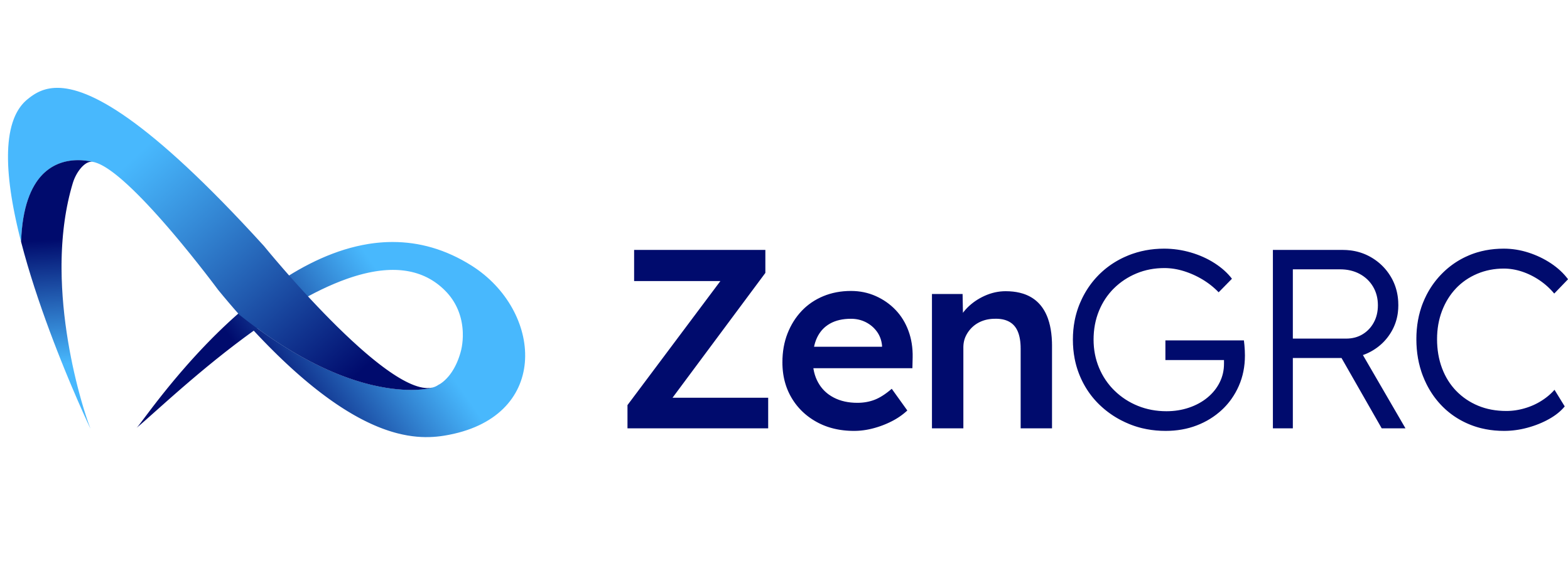How to Communicate Risks to Stakeholders
Project stakeholders can’t act on what they don’t understand. Even the most thorough risk analysis is useless if it isn’t communicated clearly to the right people, at the right time.
Whether it’s internal stakeholders, like team members, or external stakeholders, like regulators or investors, each target audience needs relevant information to make informed decisions.
Without a consistent communication methodology, organizations struggle to align stakeholder groups, prioritize threats, or build trust in their risk management framework. This article outlines how to communicate potential risks effectively, not just to report issues, but to support real decision-making and risk mitigation.
Risk Communication Explained
Risk communication translates technical assessments into business-relevant insights for decision-makers. Without it, leadership can’t properly evaluate trade-offs, allocate resources, or approve plans to mitigate risks.
For example, identifying a system vulnerability is only useful if stakeholders understand its potential impact to the business, such as regulatory penalties, downtime costs, or data loss. A risk manager must explain what it means for operations, finances, and strategic objectives.
4 Major Benefits of Risk Communication
Below, we talk about how effective risk communication directly contributes to project success, stakeholder trust, and faster response.
- Reduces project failures due to miscommunication. Poor communication is one of the main reasons projects go off track. Clear risk communication keeps everyone involved aware of the stakes, timelines, and risk mitigation strategy, reducing costly missteps.
- Strengthens stakeholder engagement and confidence. Stakeholders expect transparency. Proactively sharing information builds trust and reduces the chance of negative reactions.
- Aligns expectations with operational reality. Misaligned expectations create friction. Communicating risk backed by data helps leadership and stakeholders set achievable goals, adjust priorities, and make informed trade-offs before problems escalate.
- Improves ownership and response efficiency. When risks are communicated early and clearly, teams can act faster and take ownership. It’s easier to assign responsibilities, monitor progress, and ensure accountability across departments.
5 Challenges in Communicating Risk Information
Here are the five main challenges that get in the way of risk communication initiatives.
1. Stakeholder Diversity
Risk managers often have a hard time communicating with different stakeholders with varying technical expertise, business priorities, and risk tolerance. A message that resonates with a compliance officer may confuse a project lead or overwhelm an executive. This makes it difficult to get everyone on the same page.
2. Lack of a Defined Communication Plan
Not having an effective communication strategy makes it difficult for risk managers to communicate relevant information promptly. They don’t know what they need to communicate, to whom, or how; and they don’t have the time to analyze what’s appropriate for every situation.
3. Use of Non-Standard Risk Terminology
The lack of a standardized “language” of risk can be another issue. For example, the term “high risk” might mean something entirely different to IT, finance, or operations. Not having a common vocabulary prevents alignment and weakens stakeholder confidence in the reported information.
4. Information Overload at the Executive Level
Executives are often overwhelmed with reports, dashboards, and metrics. This makes it tough for critical risk information to stand out. If the message isn’t distilled clearly or prioritized well, key decision-makers may overlook early warning signs.
5. Internal Resistance to Sharing Negative Information
In some environments, teams may hesitate to escalate identified risks due to fear of blame or organizational politics. This culture of silence delays transparency and prevents the timely flow of risk information to stakeholders who need to act.
Best Practices for Communicating Risk to Key Stakeholders
Below are five practical best practices grounded in real-world challenges:
- Map and segment key stakeholders. Not all stakeholders interpret project risk the same way. Before sharing risk assessments, segment your audience—executives, legal teams, IT, customers—based on their risk tolerance, decision-making power, and required level of detail. Tailor communication channels and content accordingly to avoid misalignment or overload.
- Embed communication in the risk management process. Don’t treat the communication of risks as a post-analysis step. Build it directly into your risk management process, for example, by setting risk review touchpoints within project milestones. This keeps communication real-time and ensures stakeholders are never blindsided by emerging issues.
- Explain impact in business terms, not just risk scores. A risk ranked “high” means little unless it’s tied to business consequences. Translate risk assessments into what they mean for timelines, costs, customer experience, or regulatory exposure. Help stakeholders connect the dots between risk scores and outcomes they care about.
- Distribute ownership across the project team. Make members of the project team responsible for communication about the risks they are assigned. This distributes knowledge flow and allows subject-matter experts to engage stakeholders more effectively, especially when communicating different risks that require specialized insight.
- Use trigger-based communication for timely response. Set predefined thresholds that trigger immediate communication, such as when a compliance risk exceeds acceptable limits or a vendor fails to meet SLAs. Alert-based workflows improve response speed and make the risk management strategy more agile.
Enhance Risk Communication with ZenGRC
ZenGRC helps risk managers centralize risk data, standardize communication workflows, and improve visibility across the organization. With ZenGRC, teams can document and automate risk communication processes, assign tasks through integrated workflows, and maintain a real-time risk register that supports consistent risk assessments.
The customizable dashboards and reporting features make it easier for stakeholders to understand potential risks and make timely decisions.
Schedule a demo to see how ZenGRC can support your risk communication strategy
